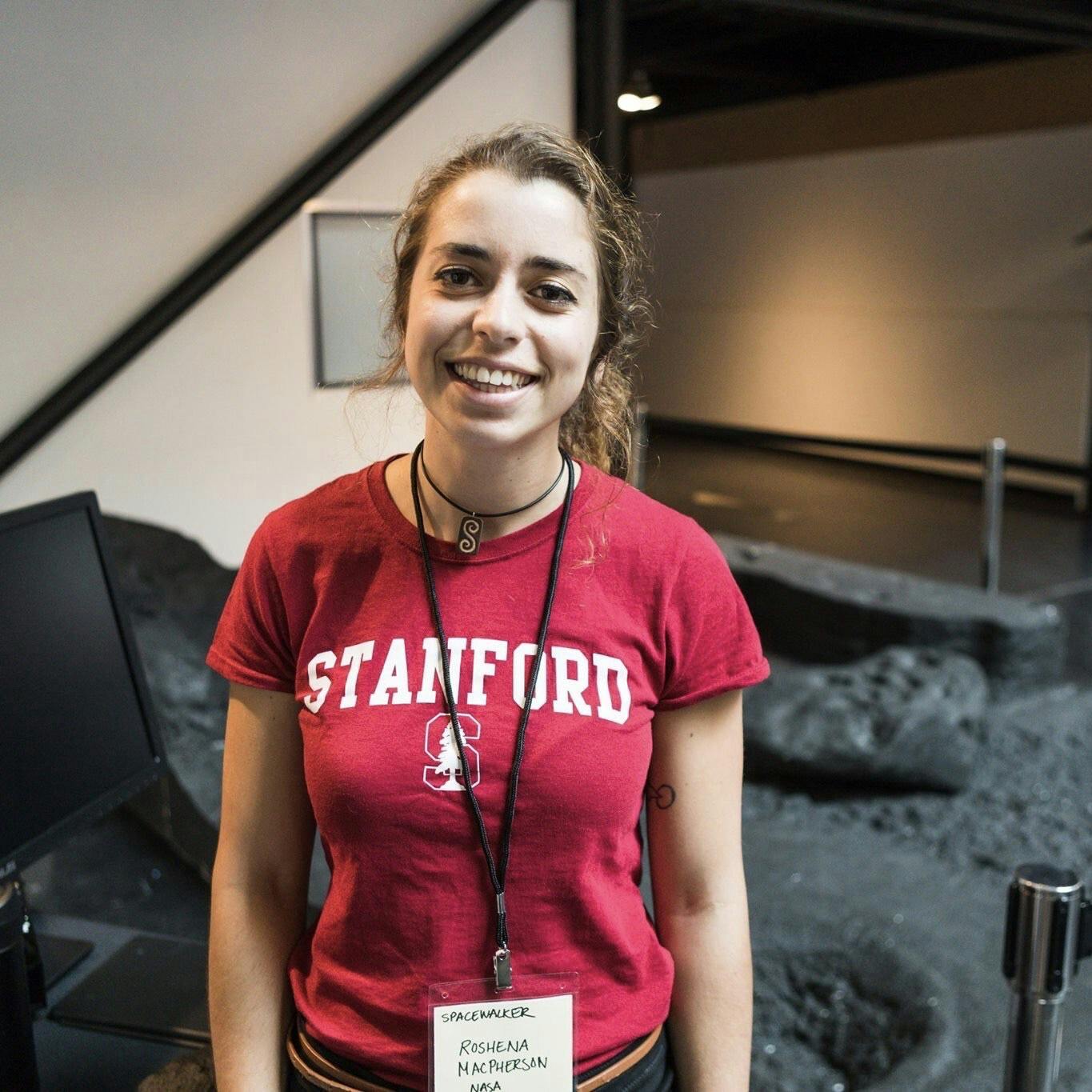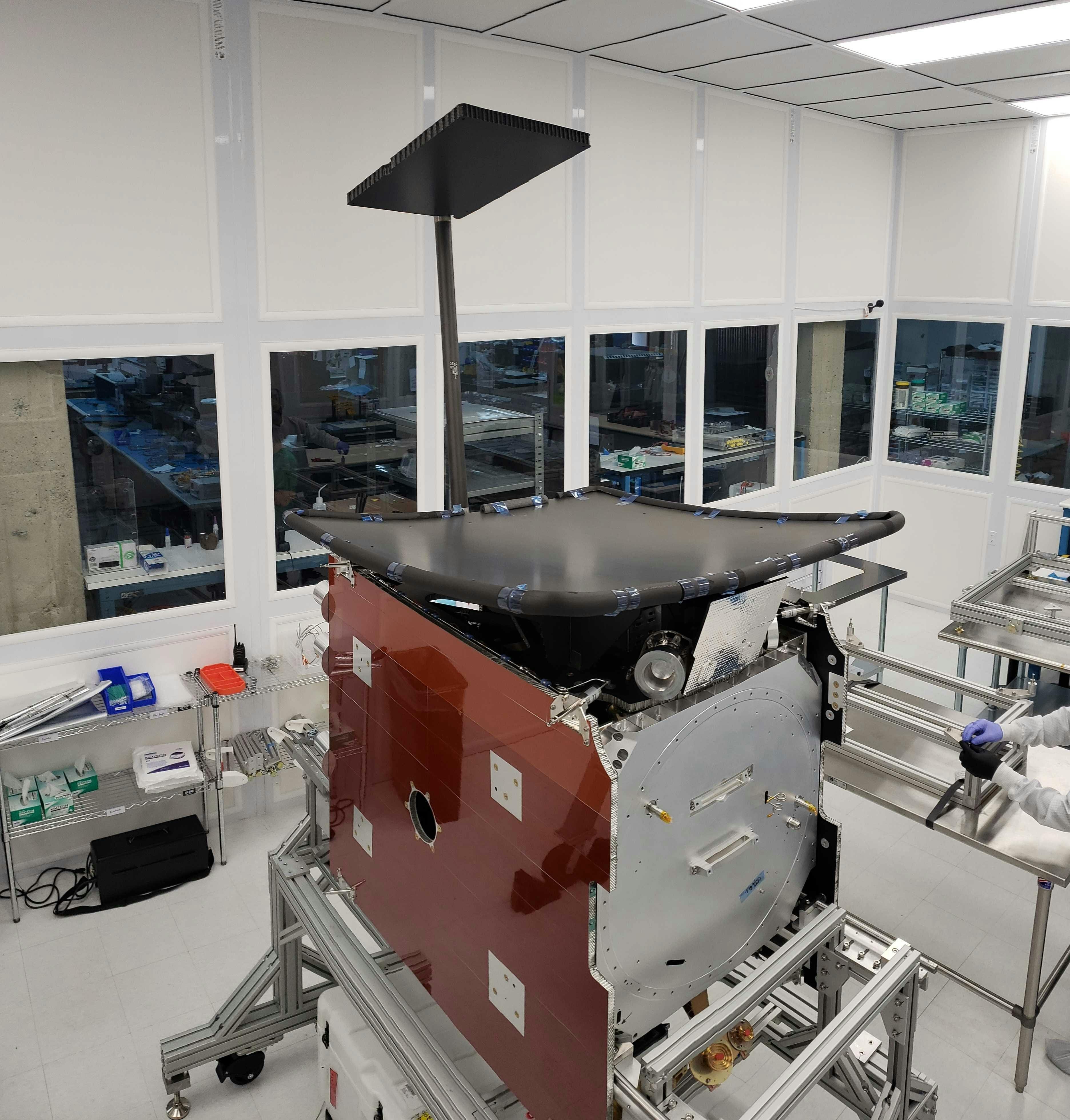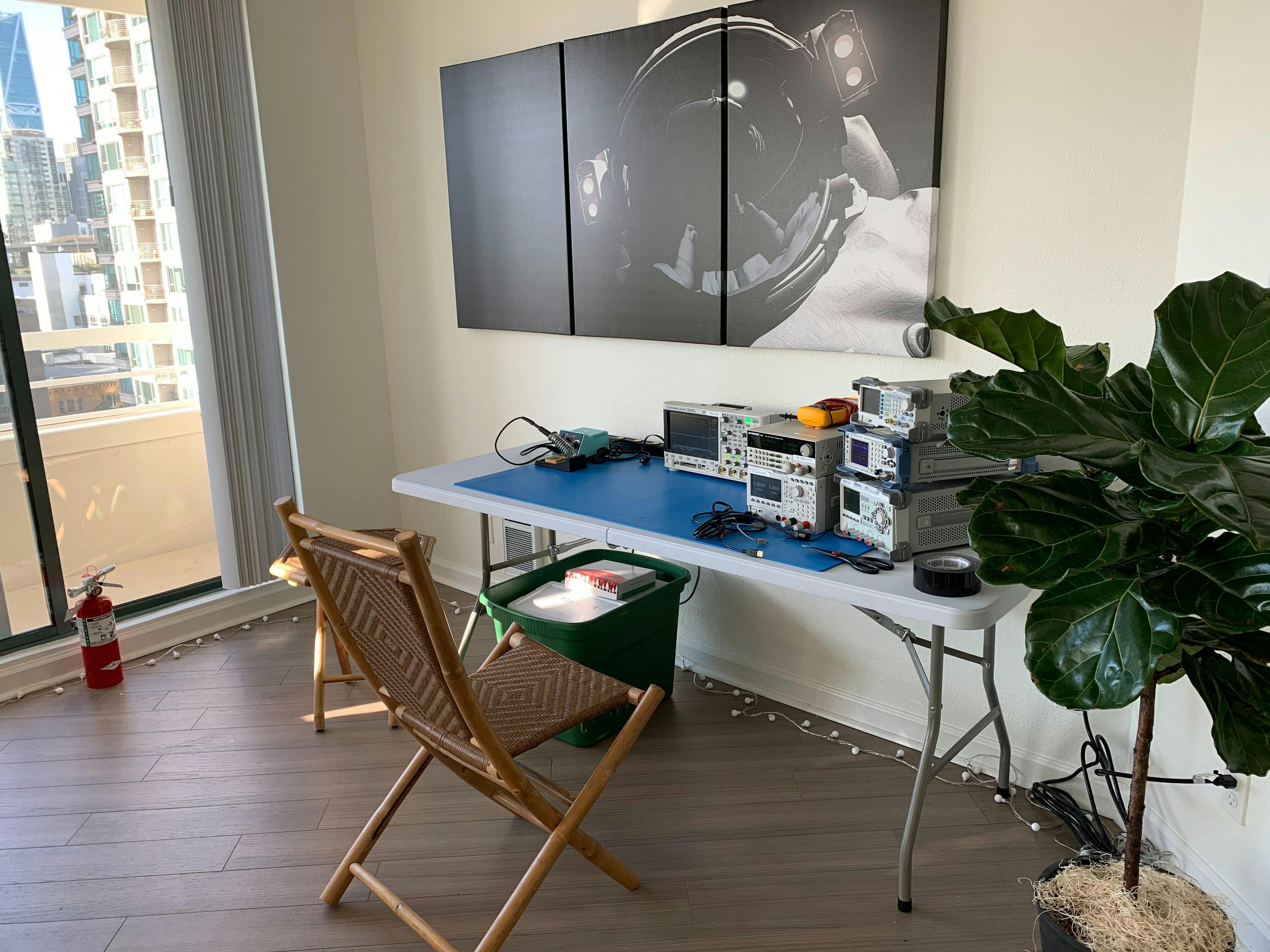Roshena MacPherson’s career path has been anything but predictable. And it’s led to her dream job at Astranis, a company that improves access to internet connectivity in underserved areas of the world by making small satellites at a fraction of the typical cost.
Roshena leads the Guidance Navigation and Controls team, which is in charge of choosing the hardware and writing the algorithms that ensure each satellite knows where it is, knows where it’s pointed, and can get itself to where it needs to be and pointed in the right direction. Her workday looks much different now that her team is working from home. In this interview, we learn her tips and tricks for working and leading a team remotely.

Your job is pretty incredible. How did you get where you are now?
It’s been a winding road. Despite experimenting with pre-med and bio-inspired design, like how we can use knowledge of birds fly to build better aircraft, my degrees are in mechanical engineering. One thing that has remained constant is my interest in modeling and controlling dynamic systems. I went to grad school to get a Ph.D. and become a professor in this area, but through a random sequence of events, that changed.
I happened to attend a space dynamics class with a friend and found it fascinating. I decided to sign up to work in a lab in the aerospace department. Then I took a class in mechatronics, which is the interface between mechanical systems and electrical systems, building robots and circuit boards. I got my hands dirty building something real and found it eye-opening and really fun. In the class, I was working with a small team of people, and we were moving quickly. Collaborating with other people and working on something concrete was energizing. I loved it and decided I needed more of that in my life. From there, I decided to leave grad school and get a job in the field.
How are you handling remote working?
It’s changed a lot. As a hardware company, we were building our satellites in our office. Because we work with the internet, our building is designated essential, so we can have people in the office. But we’ve restricted it to only people who are physically assembling the satellites.

A peek at the hardware in the Astranis office.
All of the tasks up to that point are happening remotely — we had to move all of the parts into people’s apartments. Once the components are built, they’ll be integrated into the satellite back in the office. I haven’t been in the office since I do software work, and seeing people making progress in their homes has been cool.
How are you managing the combination of work and home life happening in the same place?
I’ve found it helpful to take a fake “walk to work” — a 10-minute walk around my neighborhood. There’s a lot of flexibility working from home. I’m still working similar hours, but on my breaks, I’m also able to do other things like baking bread or working out.
After your morning routine, what does your workday look like?
It’s a mix of management activities and technical contributions. I have weekly one-on-ones with everyone on my team. I work on program management tasks, make sure people are working on things that are a priority, and guide people in their workflows. I also interact with other teams, answering questions about hardware or doing analysis for people. The rest of my time is spent writing software that will go onto the spacecraft and building software tools for team members.
Have you developed any hacks or insights for team collaboration when working remotely?
My team used to have a weekly one-hour meeting, and I’ve changed that to daily 15-minute stand-up meetings. We talk about our goals and what we plan to accomplish that day. People have said it’s a great motivator, so I’m actually planning to keep doing that when we go back. Also, I encourage everyone to reach out for a video call any time if they need help so they feel supported while working away from everyone else.
What do you like most about what you do?
It’s a really interesting mix of physics and software development. In order to tell the satellite where it should be, for example, you need to understand orbital dynamics. You need to understand what objects do when they’re in space, how sensors work, how motors work, and how thrusters work — but not only that, you have to have the math and software development background to build something with that knowledge. My work is in a really cool area that’s in the middle of all of those things. It challenges me every day.
How do you disconnect when you’re stressed?
Physical activity is huge for me. I’ve especially noticed that during the quarantine period. I love mountain biking and working out. Another thing that reduces my stress is just asking for help. I work with a great team and have a great boss, so I feel totally comfortable asking for help or asking for a braindump to help me figure out a path forward.
Written by Laura MacPherson
Originally Published: 22 May 2020

